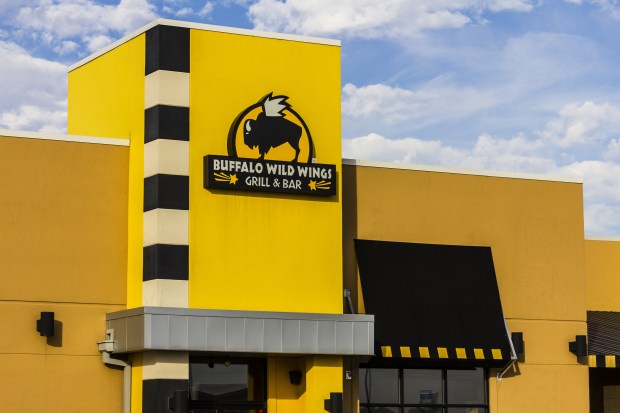Buffalo Wild Wings Revisits QSR Counter-Service Model To Boost Declining Sales

In restaurant industry news, Buffalo Wild Wings, or BW3, the fast-casual sports pub with 22 varieties of chicken wings, is trying to jump back on the bandwagon it jumped off 15 years ago when it abandoned its original counter-service model to become a quick-service, fast-casual chain.
BW3 has announced that it will open two small-format restaurants in the Minneapolis metro market. The 2,500-square-foot B-Dubs Express locations in Edina and Hopkins, Minn., will focus on takeout and at-home business, with a streamlined quick-service, counter-service format and only 35 to 50 seats for guests.
Sit-down diners at the Buffalo Wild Wings small-format chain will choose from an abbreviated menu featuring, of course, traditional and boneless chicken wings tossed in the restaurant’s signature sauces and dry rubs, as well as burgers, salads, sandwiches, and popular shareables and sides. The B-Dubs Express bar will serve beer and wine.
It goes without saying that even these mini-restaurants will feature plenty of TVs so that people dining in and people waiting for their takeout order never have to miss a moment of the game.
Buffalo Wild Wings said the two Minnesota QSR locations will be test sites where the company can experiment with the alternative format and learn how to meet the fast-evolving needs of modern customers. Once it figures out what goes into the special sauce, the company hopes to introduce B-Dubs Express in markets across the country.
The announcement comes on the heels of a lackluster year. Shares are down nearly 7 percent for the year to date, and same-store sales grew a measly 0.5 percent at company-owned stores year over year in the first quarter. Franchised locations saw only slightly greater success, earning 0.6 percent more.
BW3 may look to adding or converting more franchise locations to address declining sales, but the Express takeout option probably has greater potential for success in a QSR, fast-casual environment that’s continually taking its shape from mobile order-ahead pickup and delivery apps like GrubHub and UberEats.
